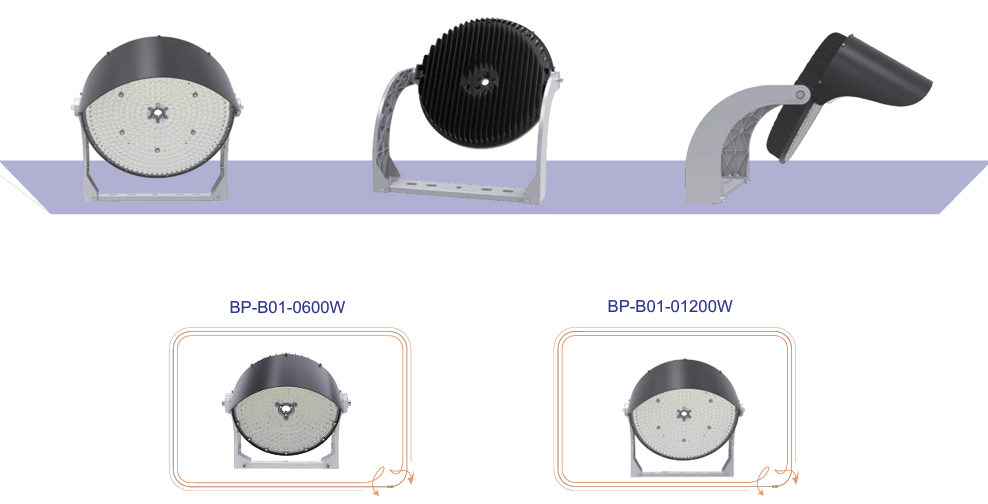Sport Lighting: Illuminating Excellence in Athletic Performance and Safety
Sport lighting plays a pivotal role in modern athletics, bridging the gap between functionality and innovation. From local community fields to grand professional arenas, effective lighting design ensures that athletes perform at their best, spectators enjoy immersive experiences, and events operate seamlessly. As technology evolves, sport lighting has transcended its basic purpose of visibility, embracing sustainability, adaptability, and smart integration. This article explores the critical elements of sport lighting, its transformative technologies, and its impact on the future of sports.
The Foundation: Why Sport Lighting Matters
Lighting is a cornerstone of athletic infrastructure. Poorly designed systems can lead to safety hazards, inconsistent gameplay, and diminished spectator engagement. Key objectives of sport lighting include:
Performance Enhancement: Athletes require optimal visibility to track fast-moving objects, judge distances, and react quickly.
Safety: Uniform illumination reduces tripping hazards and minimizes risks associated with shadows or glare.
Broadcast Quality: Professional venues demand lighting that meets high-definition broadcast standards, ensuring vibrant visuals for viewers.
Accessibility: Well-lit facilities encourage community use, extending playing hours and promoting inclusivity.
Key Design Principles in Sport Lighting
Designing effective sport lighting involves balancing technical specifications with user needs. Here are the core considerations:
Illuminance Levels (Lux):
Different sports require varying light intensities. For example:
Recreational basketball: 300–500 lux
Professional soccer: 750–1,200 lux
Tennis tournaments: 500–1,000 lux
Standards from organizations like the Illuminating Engineering Society (IES) guide these requirements.
Uniformity and Glare Control:
Uniform light distribution (minimizing “hotspots” and dark zones) ensures fair play. Advanced
Sport lighting plays a pivotal role in modern athletics, bridging the gap between functionality and innovation. From local community fields to grand professional arenas, effective lighting design ensures that athletes perform at their best, spectators enjoy immersive experiences, and events operate seamlessly. As technology evolves, sport lighting has transcended its basic purpose of visibility, embracing sustainability, adaptability, and smart integration. This article explores the critical elements of sport lighting, its transformative technologies, and its impact on the future of sports.
The Foundation: Why Sport Lighting Matters
Lighting is a cornerstone of athletic infrastructure. Poorly designed systems can lead to safety hazards, inconsistent gameplay, and diminished spectator engagement. Key objectives of sport lighting include:
Performance Enhancement: Athletes require optimal visibility to track fast-moving objects, judge distances, and react quickly.
Safety: Uniform illumination reduces tripping hazards and minimizes risks associated with shadows or glare.
Broadcast Quality: Professional venues demand lighting that meets high-definition broadcast standards, ensuring vibrant visuals for viewers.
Accessibility: Well-lit facilities encourage community use, extending playing hours and promoting inclusivity.
Key Design Principles in Sport Lighting
Designing effective sport lighting involves balancing technical specifications with user needs. Here are the core considerations:
Illuminance Levels (Lux):
Different sports require varying light intensities. For example:
Recreational basketball: 300–500 lux
Professional soccer: 750–1,200 lux
Tennis tournaments: 500–1,000 lux
Standards from organizations like the Illuminating Engineering Society (IES) guide these requirements.
Uniformity and Glare Control:
Uniform light distribution (minimizing “hotspots” and dark zones) ensures fair play. Advanced

